Protecting your property’s value and safety starts at the roof. Roofing Services in Hounslow keep your building dry, well-insulated, and structurally sound—preventing costly leaks, damp, and wasted energy. Serving London and the Home Counties, your project receives full compliance and meticulous attention for lasting performance.
With decades of hands-on experience, CITB and Which Trusted Trader accreditations, and premium suppliers like Welsh Slate, ALM Lead, and Kemper, you can trust every installation or repair. Book a free survey today and protect your property.

Neglecting roof issues—such as leaks, failing insulation, or worn coverings—quickly leads to damp, energy loss, and growing structural problems. Delaying repairs always increases costs and risk, no matter your property type.

Professional Roofing Services in Hounslow address these concerns directly, improving weatherproofing, energy efficiency, and full Building Regulations compliance. Whether you’re a homeowner seeking peace of mind, a landlord focused on asset value, or a business owner concerned with workplace safety and efficiency, proactive intervention protects your interests. Investing in quality roofing is a secure, future-proof choice for any building.
Roofing Services in Hounslow cover installations, repairs, upgrades, and restorations for residential, commercial, and heritage properties. Every project is engineered for long-term durability, Building Regulation compliance, and material excellence—sourced from trusted suppliers. Solutions are tailored to property type, with safety and care prioritised from inspection to sign-off.
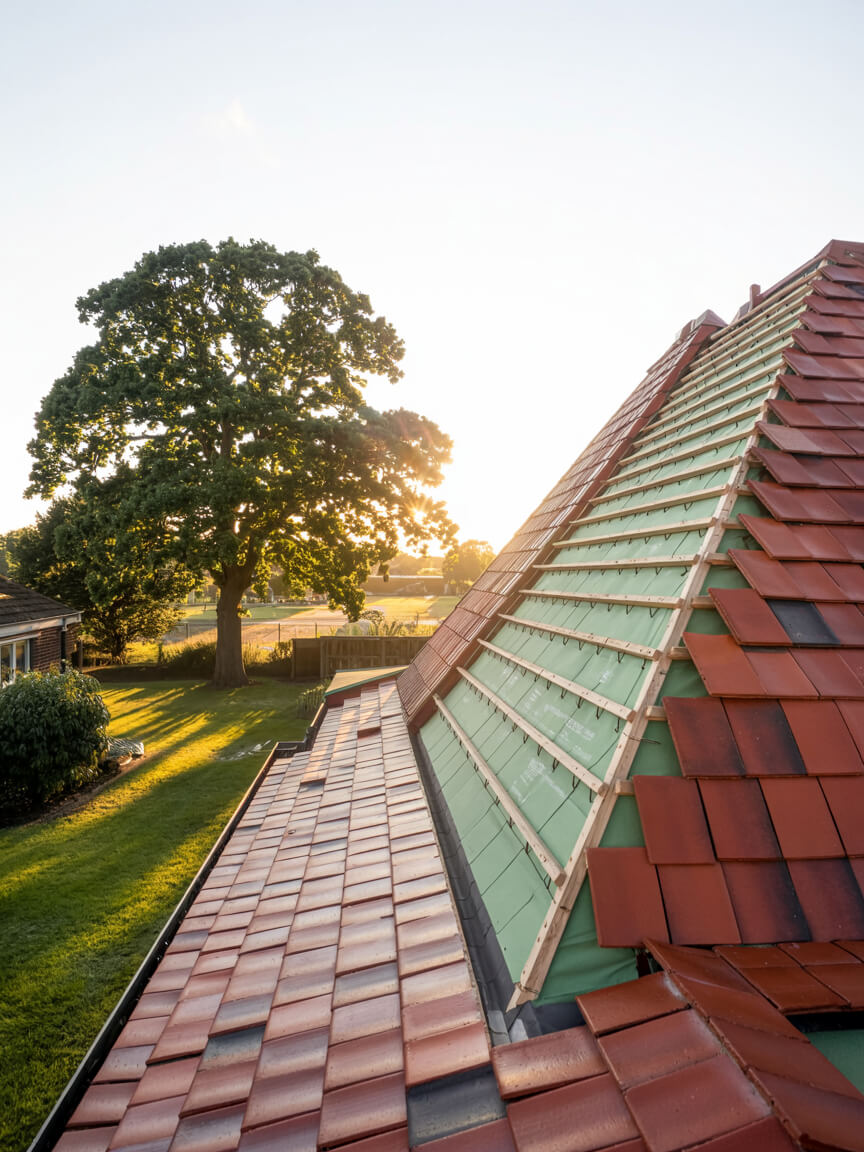
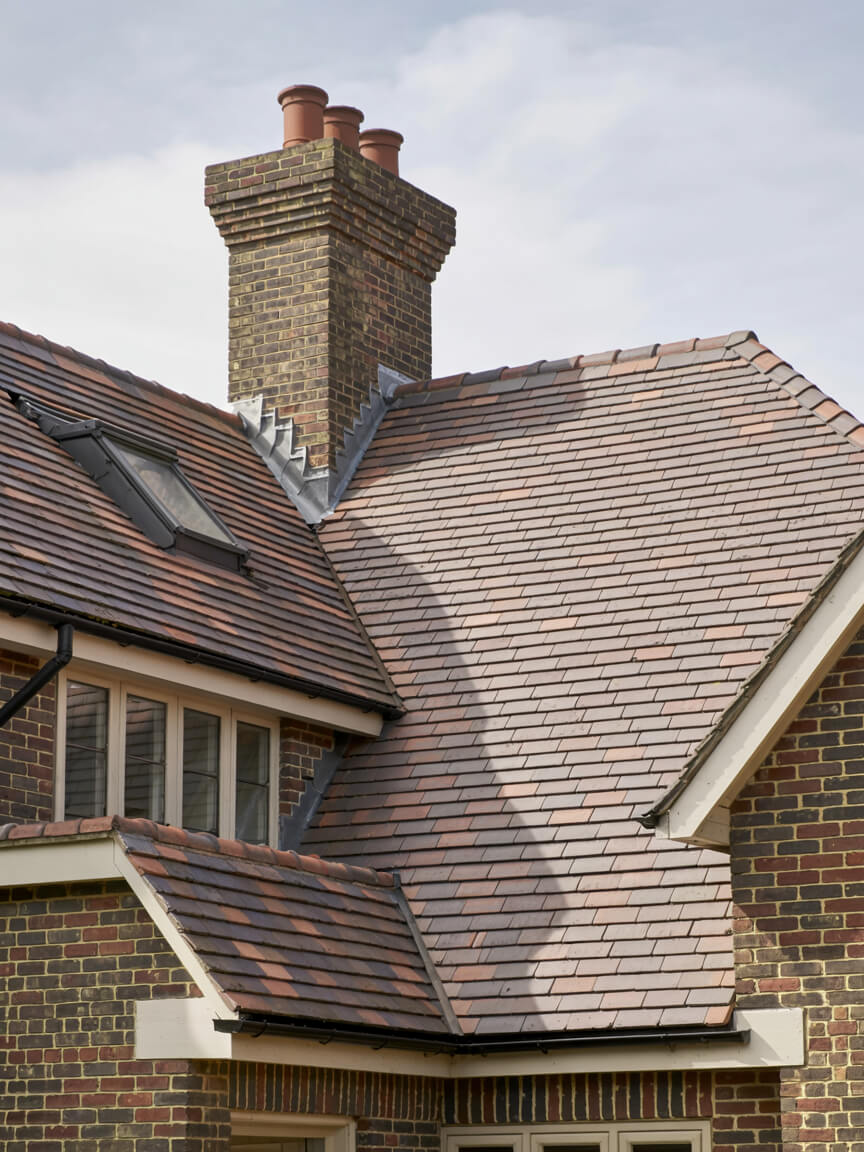
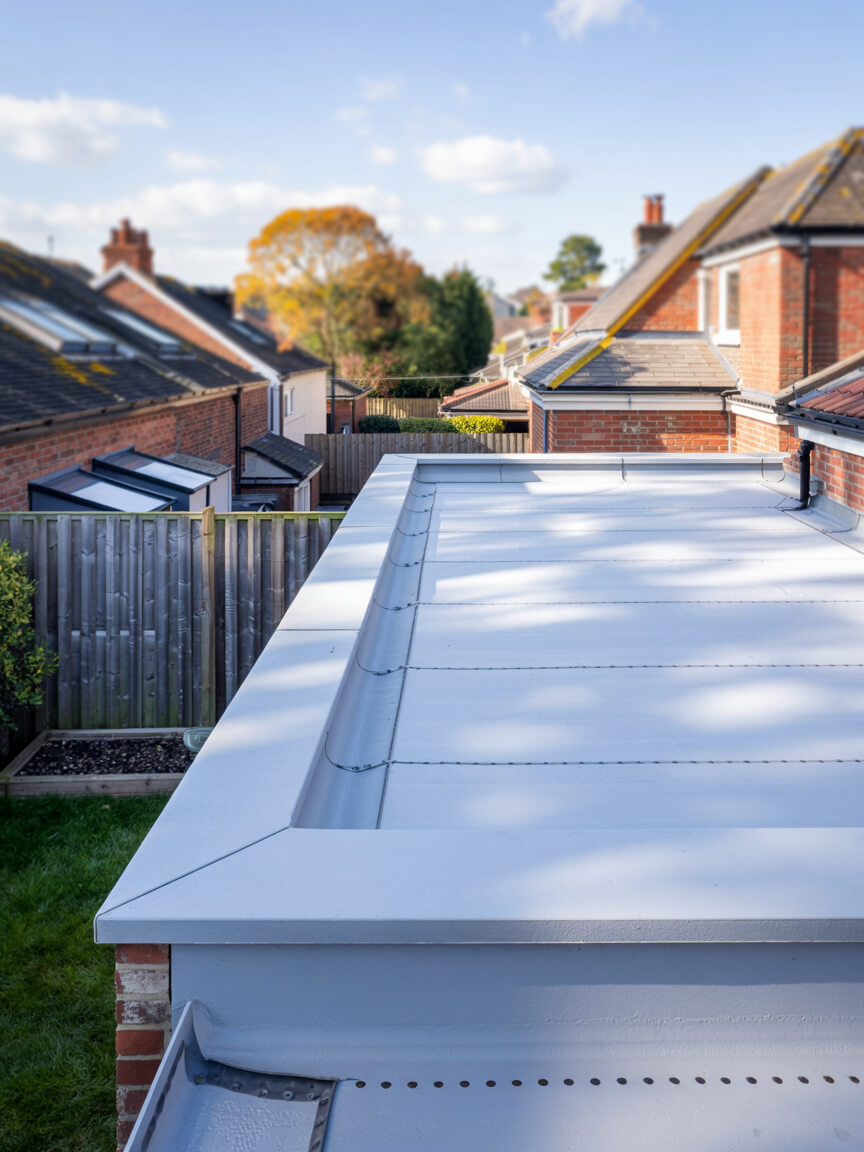
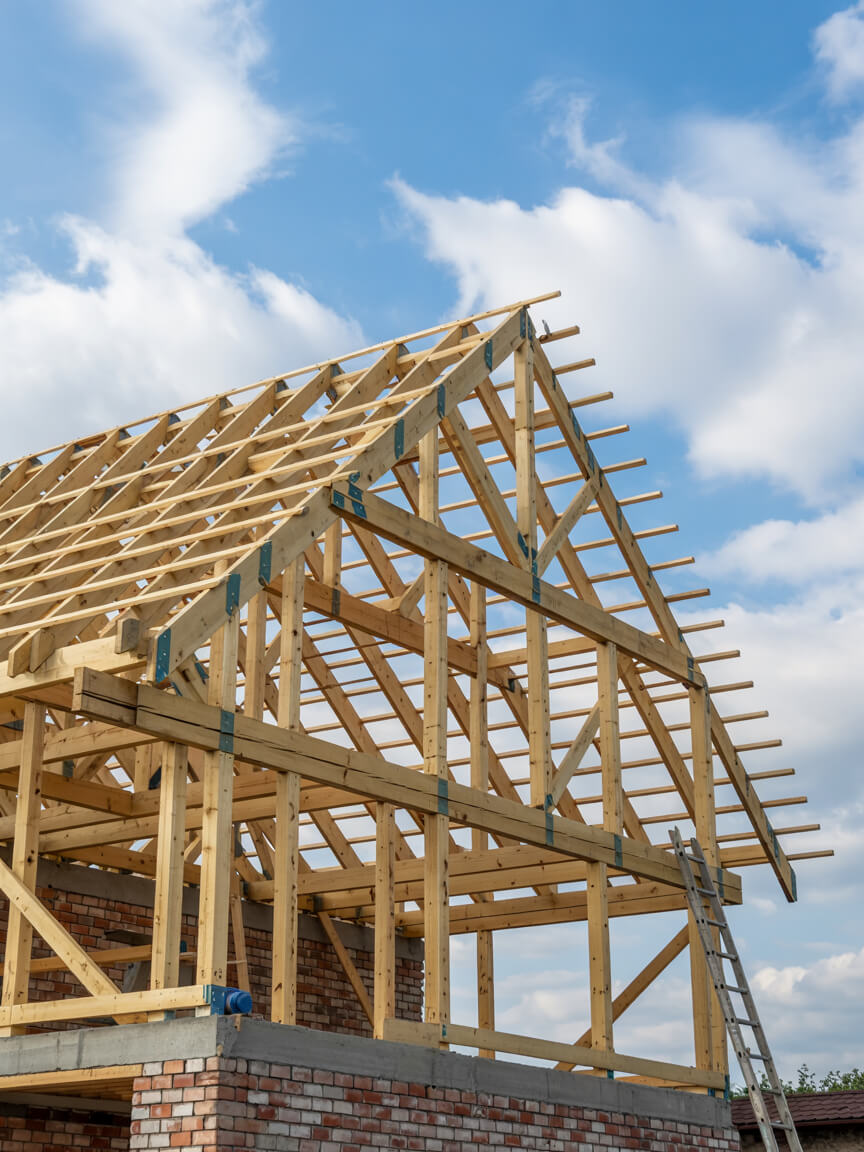
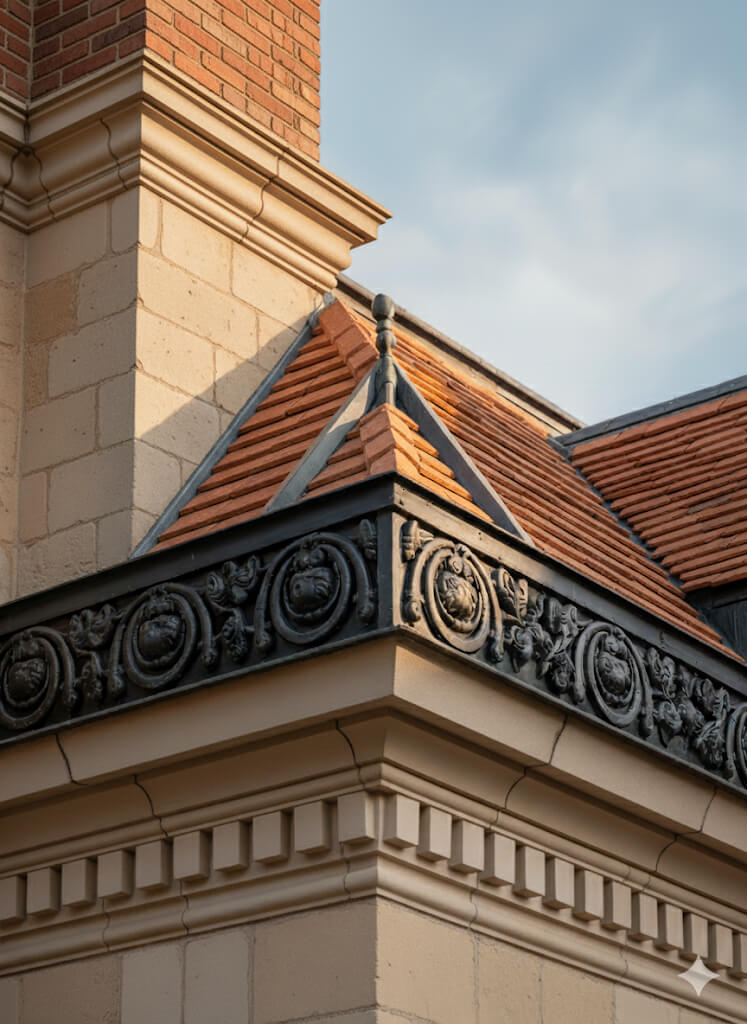
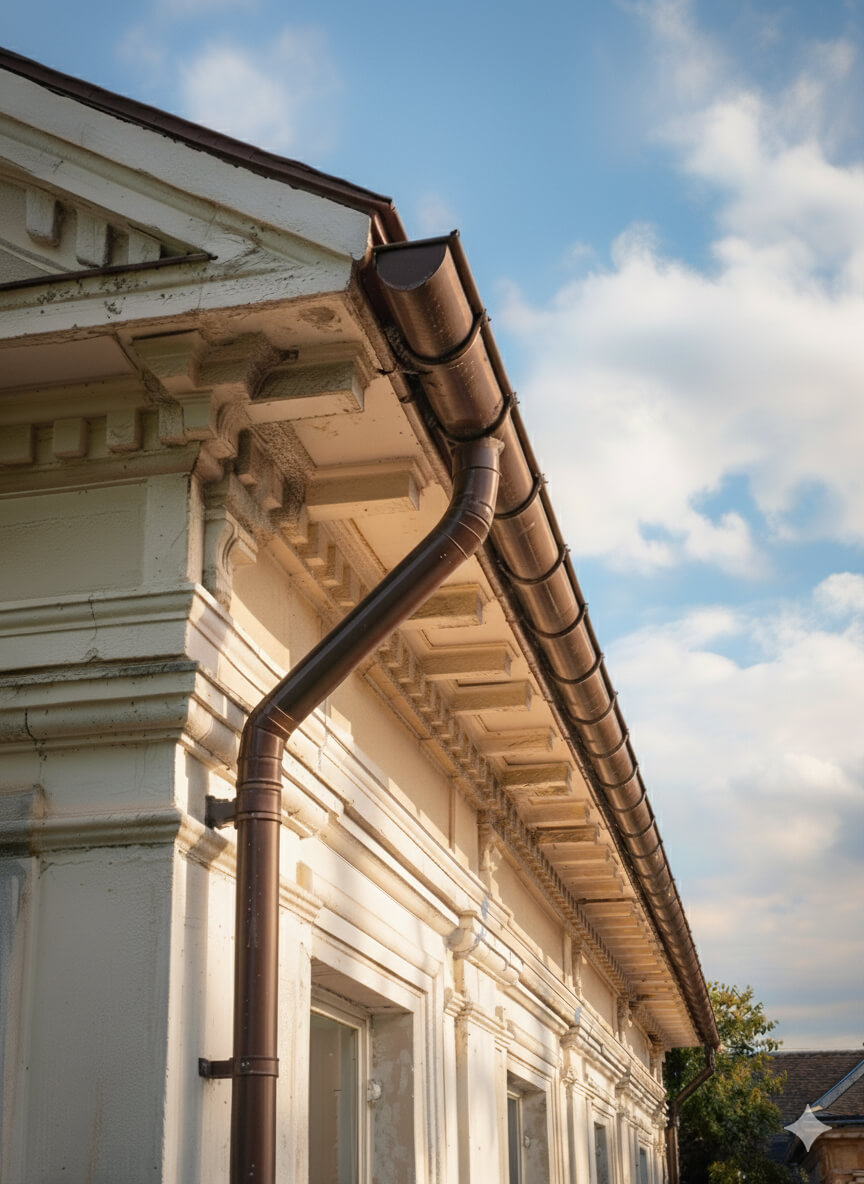

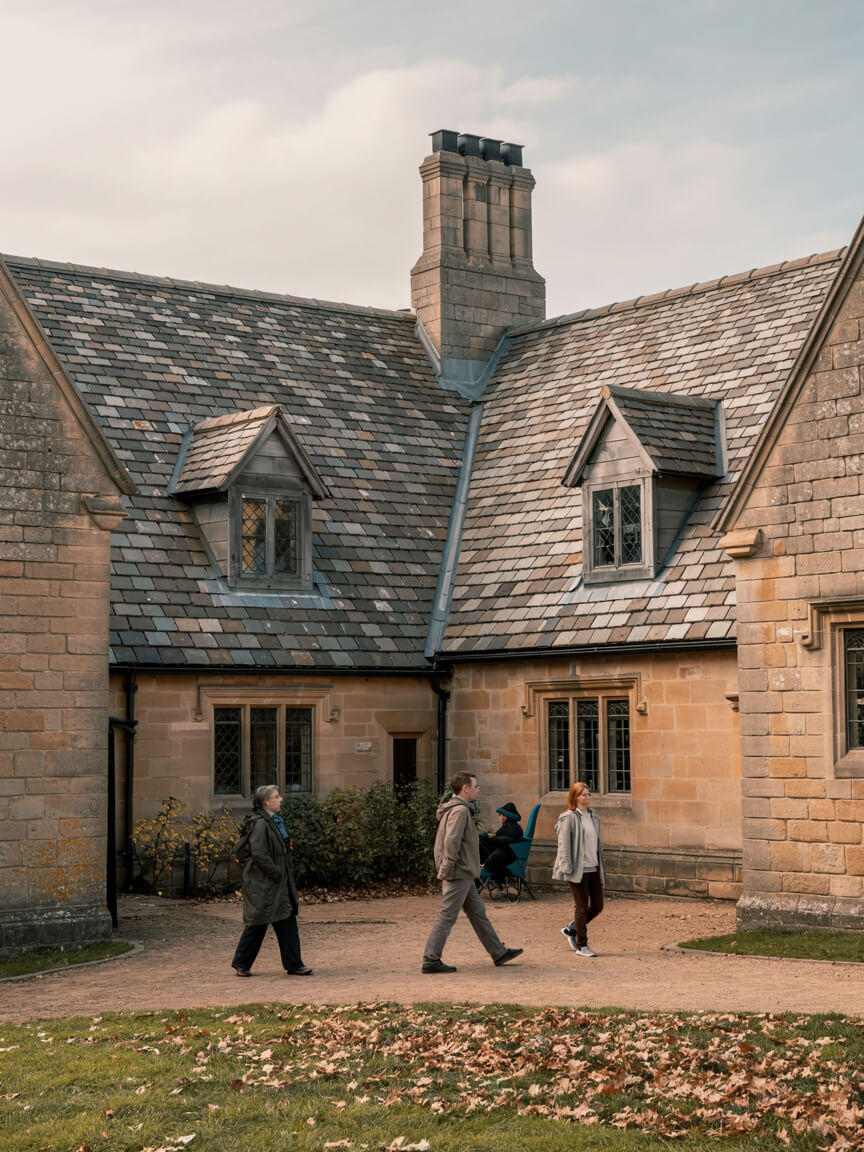
Every Roofing Services in Hounslow project is adapted to property type, roof structure, and environmental demands. Tailoring ensures compliance with regulations, minimises disruption, and maximises long-term value. From homes and businesses to industrial sites and listed heritage buildings, our flexible approach guarantees roofing solutions that meet unique needs while delivering safety, efficiency, and reliability.
Homes, extensions, and listed buildings.
Offices, retail, schools, and hospitality.
Warehouses, factories, and logistics sites.
Every Roofing Services in Hounslow project follows proven steps with quality materials. Whether a new installation, upgrade, or repair, each layer adds durability, safety, and efficiency—tailored to protect your property and meet regulatory standards.
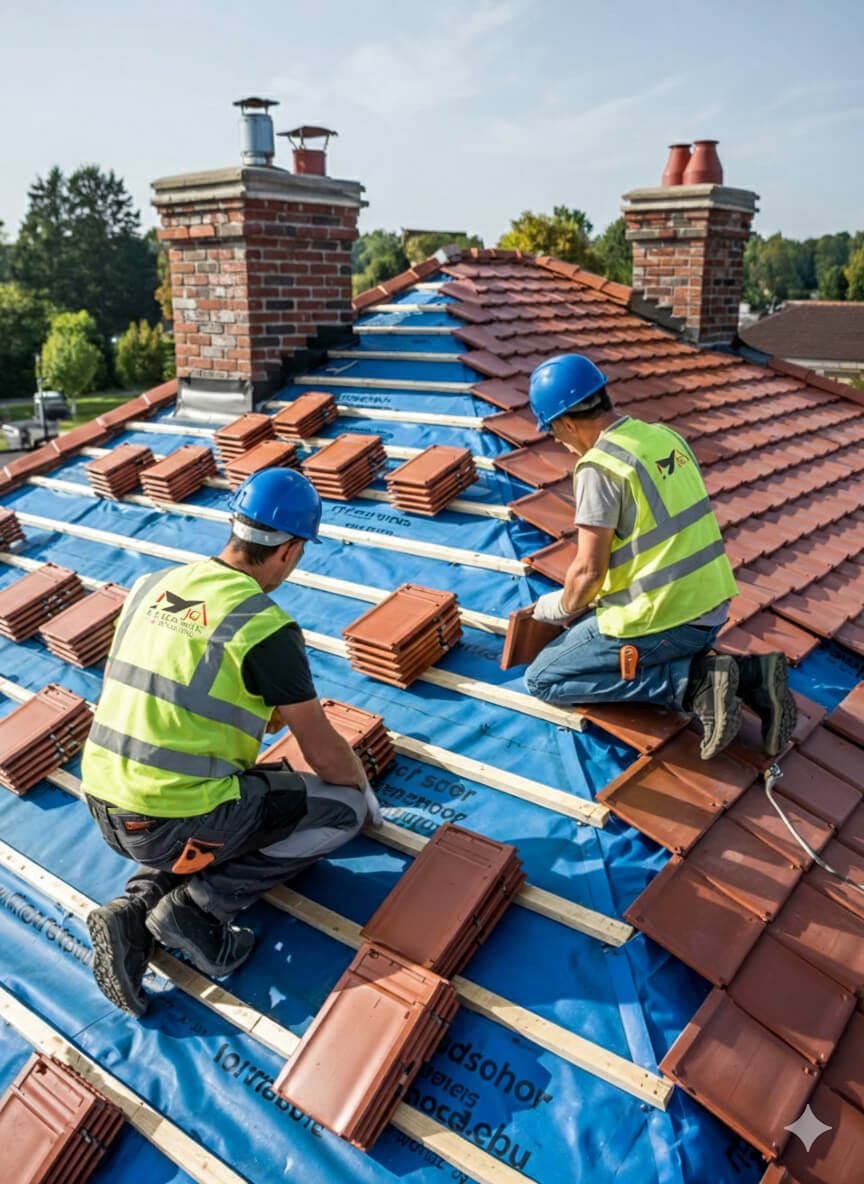
Get a free, no-obligation quote today.
Our experts are standing by to help you choose the perfect flat roofing solution.
⏱ Response within 24 hours guaranteed
Accredited by Which Trusted Trader, CITB, and approved by Kemper and Westwood, our team delivers safe, compliant, and warranty-protected Roofing Services in Hounslow projects. These credentials mean guaranteed standards and long-term assurance—reinforced by the positive client reviews that consistently highlight quality, professionalism, and trust.


Complete reroofing. Living in Singapore at the time and T was super responsive and communicative.
Replacement of lead box gutter and new flashing to parapet wall. I had an excellent experience using James and the team. He was very prompt in all aspects of communication and completed a first class job. Really pleased.
James completed some repairs on our roof and replaced some of our pebble dash by the roof as well. He was very thorough and fixed everything. He kept us really informed by taking photos and showing us what he did and keeping us updated. It also went onto our neighbours roof and he did the same fo...
We had a leak in our bedroom and James fixed the roof for us to stop it from leaking. All the work came with a warranty. The work that was carried out was good. James and his team were polite, and did all the work quickly and without too much interruption to our day-to-day lives. Would recommend ...
J G Leadworks have repaired and replaced the roofs and gulleys over our warehouse and workshops which have meant both areas are now watertight
James and team were incredibly responsive to my request to look at a serious leak issue on my flat roof. They did a very thorough investigation and explained in detail the issue and gave a fair quote. They were quick to book in and complete the work and have checked in afterwards a few times to m...
James was quick to respond to the initial contact and was able to work around some time constraints I had. He explained what needed doing clearly and was happy to answer follow up questions. He took pictures to show each stage and I feel confident in the work that was done by James and the team. ...
JG Roofing were very easy to work with. Their quote was sensible and they stuck to that figure. They completed many repairs to my roof including, rebuilding a leaded gutter, reinforcing rotten rafters, rebuilding a long felted gutter and felting parapet walls, resurfacing and felting a flat roof,...
Planning and legal checks protect clients from costly errors, delays, and non-compliance, ensuring roofing projects meet regulatory and safety requirements.
Permission is typically required for listed properties, conservation areas, or major roof alterations. All projects must also satisfy Building Regulations, including Part A (structural safety) and Part L (energy efficiency), ensuring compliant and future-proofed installations.
Our team manages the full process, from initial surveys to legal guidance, preparing documentation, and liaising with local authorities where needed. Whether working on modern homes or heritage sites, we ensure every project is delivered legally, safely, and with minimal disruption—providing complete reassurance and peace of mind to property owners.

Every project unites skilled workmanship with rigorously tested materials.
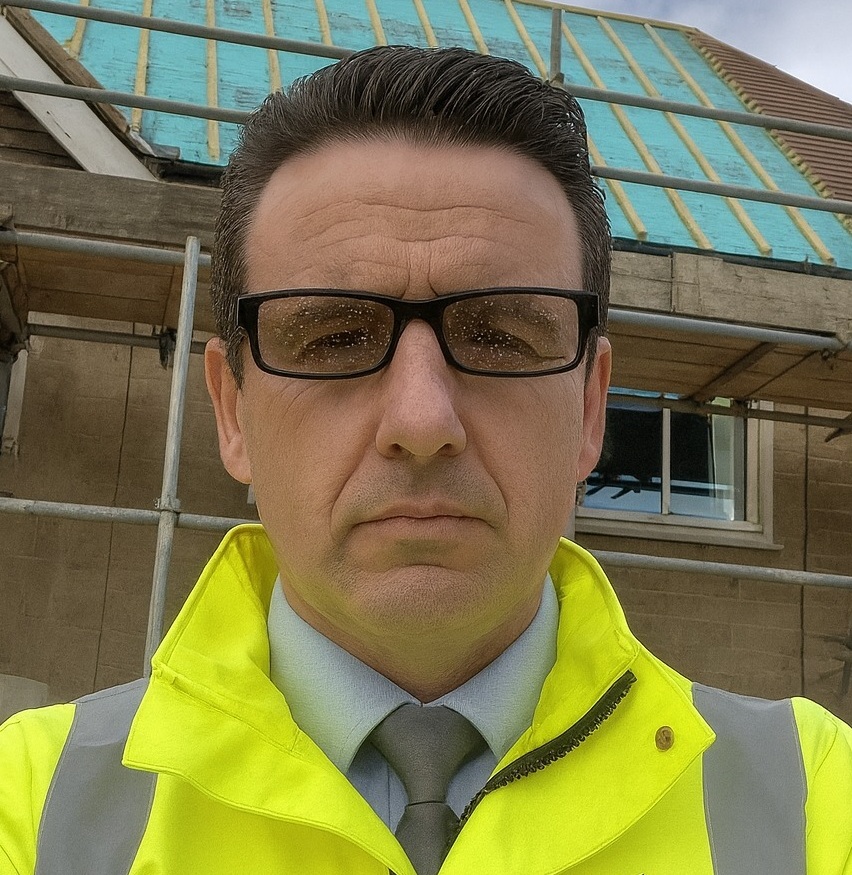
With 25 years of experience in lead sheet roofing, James is a trusted expert in heritage roofing, slate, and tiling. His knowledge of traditional methods, paired with modern compliance, makes him a go-to specialist for projects that demand both craftsmanship and durability.
Roofing Services in Hounslow provides lasting protection, efficiency, and value, delivering durable, compliant roofing solutions that safeguard every type of property investment.
Selecting Roofing Services in Hounslow involves balancing durability, budget, compliance, and aesthetics to secure the best-fit roofing solution for your property.
Why Clients Choose JG Leadwork and Roofing
With decades of trade experience, our teams understand the unique demands of London and Home Counties roofing. From heritage-listed properties to contemporary extensions, we adapt solutions to local regulations, weather conditions, and architectural styles with precision.
Accredited by Which Trusted Trader, CITB, and approved by Kemper, Westwood, IKO, ALM, and other leading suppliers.
These credentials guarantee safety, compliance, and access to manufacturer-backed warranties, giving clients peace of mind that their project meets the highest professional standards and benefits from warranty protection.
Our heritage projects use Welsh Slate and handmade clay tiles for authenticity, while leadwork is delivered to Lead Sheet Association (LSA) standards. Commercial installations employ Kemper and Westwood liquid systems for durability and efficiency. Each example demonstrates our reliability, blending traditional craftsmanship with modern performance.
Our workforce includes skilled roofers, heritage specialists, and safety-certified installers.
Every roofer holds NVQs, receives ongoing CPD training, and is qualified in both modern flat systems and traditional techniques, including slate and leadwork.
Team structure ensures projects run smoothly—surveyors identify needs, installers deliver with precision, and supervisors oversee compliance. This approach minimises disruption, accelerates timelines, and guarantees consistent quality across residential, commercial, and industrial roofing projects.
Every project is regulation-compliant, warranty-backed, and focused on long-term results.
Client testimonials and case studies confirm our track record, with projects praised for professionalism, durability, and customer support.
We go beyond installation with aftercare packages, maintenance support, and open communication at every stage. Property owners gain reassurance that JG Leadwork and Roofing stands behind its work. Book a free survey today and discover why homeowners, landlords, and businesses trust us with their roofing.

Get a free quote, rapid response, and expert service across London and the Home Counties. Contacting JG Leadwork and Roofing is your simple first step to dependable roofing solutions.
We source materials from leading suppliers including Supreme and IKO felt systems, Kemper, Westwood and Proteus liquid systems, Welsh Slate, handmade clay tiles, ALM Lead Mills, and Nicholson Air Track. These trusted brands guarantee durability, compliance, and warranty-backed performance across flat, pitched, heritage, and commercial roofing projects.
.
.
For homes, Roofing Services in Hounslow safeguards comfort and enhances kerb appeal with durable, energy-efficient systems. Whether modern extensions or traditional pitched roofs, tailored solutions improve living standards and protect property value.
For businesses, Roofing Services in Hounslow delivers cost-effective, large-scale installations with minimal disruption. Projects are planned around operations, with safety compliance, energy performance, and flexible scheduling built in—supporting offices, retail, schools, and industrial facilities with reliable, regulation-ready outcomes.
For heritage properties, Roofing Services in Hounslow combines authentic materials such as Welsh slate, handmade clay tiles, and ALM lead with skilled conservation techniques. Listed building consent and conservation requirements are fully managed, ensuring traditional character is preserved while integrating modern weatherproofing. This careful balance provides long-term durability without compromising historic integrity or aesthetic value.
JG Leadwork and Roofing delivers Roofing Services in Hounslow across housing, commercial, heritage, and public sectors. Every industry comes with unique requirements, from safety and compliance to efficiency and conservation. Our adaptability ensures projects are delivered with precision and professionalism—whether safeguarding homes, supporting business continuity, preserving history, or protecting critical public and healthcare facilities.
Durable roofing installed with minimal disruption, ensuring safe, regulation-compliant workspaces for staff and visitors.
High-standard, compliance-focused solutions protect community facilities while meeting strict safety and regulatory obligations.
Heavy-duty roofing tailored for wide spans, ventilation, and long-term maintenance efficiency.
Authentic materials and sensitive methods preserve historic character while adding modern protection.
Weatherproof systems that enhance kerb appeal and guarantee uninterrupted trading for outlets.
Tailored roofing improves guest comfort, safety, and ambience across hotels, restaurants, and venues.
Safe, durable systems designed for schools and universities with minimal learning disruption.
Specialist roofing solutions built for hygiene, safety, and regulatory compliance in medical environments.
Our team of NVQ-qualified roofers, LSTA-trained specialists, and health & safety-compliant professionals bring decades of combined experience. Every project is delivered with meticulous attention to detail, ensuring safe practices and consistent quality across flat, pitched, heritage, and commercial roofing disciplines.
Expertise includes heritage leadwork, slate and tile roofing, modern flat systems, and drone-assisted roof surveys. Ongoing CPD training ensures adaptability to both traditional craftsmanship and the latest innovations—giving clients confidence that every roof is built or repaired with proven skill and care.

A thorough survey highlights existing issues, structural considerations, and upgrade opportunities, ensuring the best-fit solution is identified from the very beginning.
Transparent, itemised quotes detail costs, timelines, and materials—giving you complete clarity and confidence before work starts, with no hidden surprises.
Scaffolding, access solutions, and robust safety measures are put in place to safeguard both property and people throughout the project.
Skilled roofers complete the work using accredited materials and proven techniques, delivering durable, compliant results while keeping disruption to a minimum—whether for repairs, replacements, or new installations.
Each stage is inspected against manufacturer standards and Building Regulations, with photographic documentation provided for transparency and peace of mind.
Each stage is inspected against manufacturer standards and Building Regulations, with photographic documentation provided for transparency and peace of mind.
In a competitive roofing market, many providers look the same on paper. JG Leadwork and Roofing stands out through proven expertise, accredited methods, and specialist techniques. Our combination of traditional craftsmanship and modern technology makes us the safer, smarter choice across residential, commercial, industrial, and heritage projects.
In a competitive roofing market, many providers look the same on paper. JG Leadwork and Roofing stands out through proven expertise, accredited methods, and specialist techniques. Our combination of traditional craftsmanship and modern technology makes us the safer, smarter choice across residential, commercial, industrial, and heritage projects.

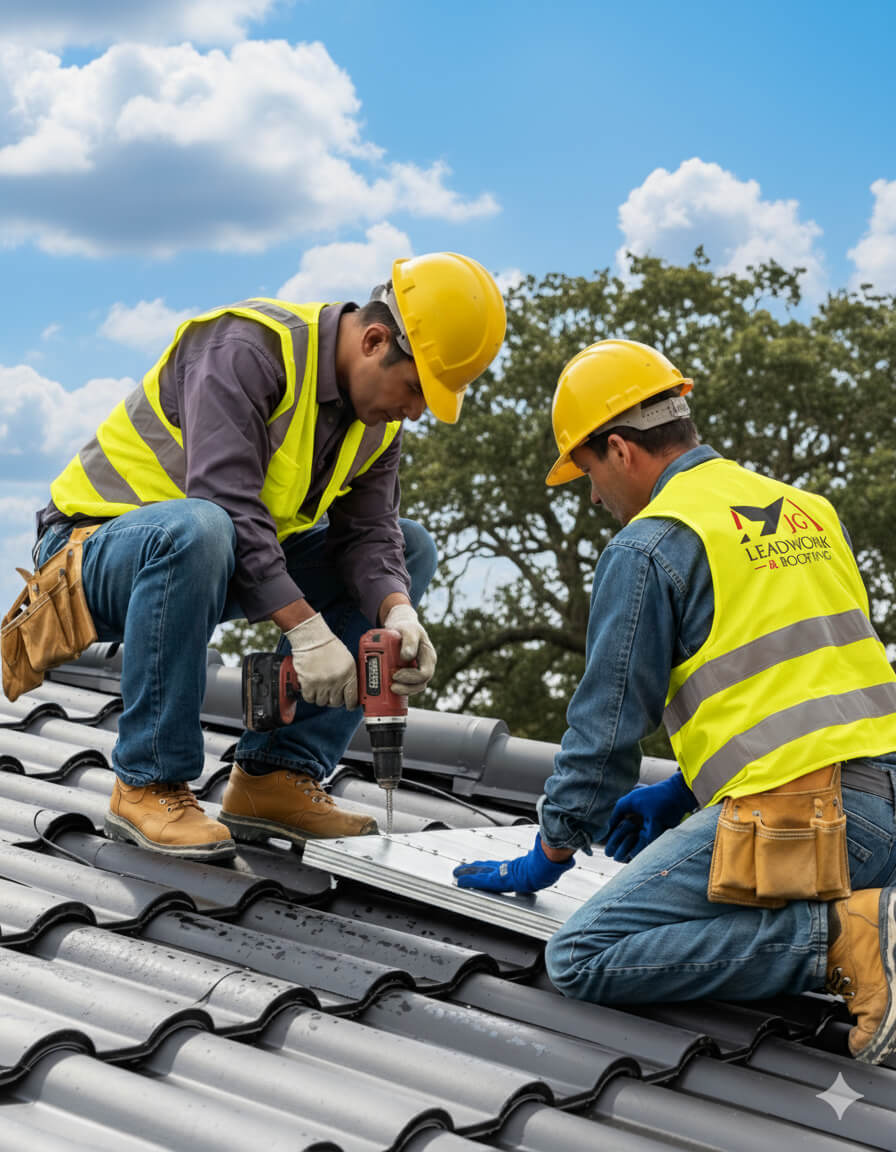
At JG Leadwork and Roofing, every project follows a structured QA process. Each stage—materials, installation, safety, and final sign-off—is measured against manufacturer specifications and UK Building Regulations to ensure durability, compliance, and warranty-backed performance across all roofing services.
Projects are only signed off once all QA checks are complete, giving clients confidence in long-term performance, structural safety, and insurance-backed peace of mind.
Every Roofing Services in Hounslow project by JG Leadwork and Roofing is delivered in strict alignment with UK Building Regulations and recognised frameworks. This ensures structural safety, energy efficiency, durability, and protects warranties and insurance coverage across residential, commercial, industrial, and heritage properties.
Clients can be confident their project is completed legally, safely, and insurance-ready—delivering long-term performance, compliance assurance, and complete peace of mind.
Property owners often wonder about Roofing Services in Hounslow—from costs and timescales to permissions. Below, you’ll find straightforward, trustworthy answers to the most frequent and practical queries.
A roof leak after heavy rain is one of the most disruptive—and costly—problems a property owner can face in Hounslow. Water ingress can damage interiors, compromise insulation, trigger mould growth, and, if left untreated, threaten the very structure of a building. Understanding the root causes is essential for homeowners, property managers, contractors, and developers seeking lasting protection and to avoid insurance complications. Below is a structured breakdown of typical diagnostic factors specific to UK roofs and weather patterns.
One leading cause of post-rain leaks is the breakdown of the primary waterproof layer—either through deterioration in modern flat roof membranes (like felt, EPDM, or GRP) or cracked, slipped, or broken tiles on pitched roofs. Over time, sunlight, freeze–thaw cycles (where trapped water freezes and expands), and general weathering degrade these surfaces. On flat roofs, tiny fissures or lost flexibility can let water “track” through the system. In pitched roofs, fractured or displaced tiles create direct openings for rainwater.
Symptom: You may notice water stains on ceilings, drips during rainfall, or patches of mould near exterior walls.
Risk if Ignored: Extended ingress can rot rafters, damage insulation, and, in severe instances, undermine ceilings or cause electrical hazards.
Flashing refers to metal (often lead or aluminium) or rubber barriers installed at roof junctions—such as where a chimney meets slate, or where a flat roof abuts a wall. Poorly installed, corroded, or slipped flashing is a classic entry point for water, especially during driving rain combined with wind uplift. Bad detailing, such as inadequate overlaps or poorly finished terminations, leaves routes for rain to breach the system.
How to spot it: Look for damp patches or bubbling paint/plaster next to chimneys, skylights, or parapets. Externally, check for visibly lifted, rusted, or missing flashings and birds’ nests in roof valleys (which can trap moisture).
Risk if Ignored: Persistent water ingress in these areas often leads to localised timber decay and can accelerate internal damp and even structural settlement near wall joints.
Heavy rain can reveal design shortcomings. Ponding (standing water that remains on flat roofs more than 48 hours after rain) is a critical issue—UK standards usually specify a minimum “fall” (slope) of at least 1:80 for new flat roof construction. Clogged gutters or poorly positioned drains can also channel water below tiles or into the fabric of the building. Inadequate insulation or ventilation leads to interstitial condensation—when moisture forms inside the roof structure rather than simply on internal ceilings. Under Part L of UK Building Regulations, roofs must be designed to prevent excess heat loss (which, if neglected, creates temperature differences that drive condensation in both flat and pitched roofs).
Signs: Persistent puddles on flat roofs, excessive moss or vegetation, a musty smell in roof spaces, visible condensation droplets in lofts, or frost thawing unevenly.
Risks: Standing water accelerates membrane decay, while damp insulation loses effectiveness and increases heating bills. Poor ventilation can cause rot and widespread mould.
A systematic inspection begins with a visual survey—looking for split membranes, slipped tiles, degraded flashing, or visible ponding. For hidden issues, roofers may use moisture metres (which detect elevated water content in timber or plaster), borescopes (small cameras to look into cavity spaces), or drone imaging for large or inaccessible roofs. Flat roofs with suspected deep decay may require a core sample—removing a plug of roof build-up to check material condition throughout its depth. On pitched roofs, a roofing professional will lift discrete tiles to examine underlays, battens, and check for signs of capillary action (where water tracks sideways along timbers).
Diagnostic Matrix Example:
| Cause | Typical Symptom | Risk if Ignored | Indicative Remedy |
|---|---|---|---|
| Membrane or tile failure | Ceiling stains, drips | Timber rot, internal damp | Patch, replace membrane/tiles |
| Flashing or detailing weakness | Damp near junctions | Wall decay, insulation loss | Repair/replace flashing, correct joins |
| Standing water (ponding) | Visible puddles, moss | Accelerated decay, leaks | Improve falls, unblock drains, re-lay |
| Ventilation/insulation problem | Condensation, frost thaw | Mould, structural weakness | Upgrade vents/insulation, repair barriers |
A precise diagnosis, using the above approaches, not only resolves the immediate symptom but also addresses the underlying risk, protecting your property investment long-term.
Choosing between slate and tile roofing in London is not just a question of style, but also one of budget, compliance, sustainability, and long-term planning. Slate roofs tend to come with a higher immediate cost but offer greater durability. Tiles—whether clay or concrete—are more affordable up front and offer a range of visual options. These distinctions are shaped as much by UK regulations and local market forces as by the materials themselves. For property owners and managers, a clear grasp of these factors is essential when budgeting or planning a roofing project in the capital.
London’s roofing market brings unique influences: material availability, skilled labour demand, regulation-driven choices, and the particular challenges of urban sites. Understanding what shapes these costs will help ensure compliance and prevent unpleasant surprises during your project.
The primary influence on cost is the material itself. Natural slate roofing—especially Welsh or Spanish varieties—is typically priced much higher than manufactured tile options, largely due to extraction, transportation, and grading. Concrete and clay tiles, mainly UK-produced, are generally more cost-effective.
The choice of material also affects roof weight. Slate is heavier, requiring stronger roof structures. Tiles—particularly concrete—offer more flexibility with roof shapes and may fit wider property types, but rarely achieve the same lifespan as slate.
Labour and installation factors play a major role in pricing. The British Standard BS 5534: Slating and Tiling sets the bar for wind resistance, fixing methods, and weather-tightness for both types.
All works must comply with BS 5534 and, for energy efficiency, Part L of the Building Regulations (sets minimum insulation/U-value standards). Failing to comply can risk insurance, future sale, or remortgage hurdles.
In London, several “hidden” factors impact price:
To make an informed decision, compare the main factors side by side:
| Factor | Slate | Tile | Why It Matters |
|---|---|---|---|
| Material/m² | £75–£120 | £25–£50 | Slate: longevity; Tile: cost |
| Labour/m² | £40–£60 | £25–£35 | Slate: skilled, slower; Tile: faster |
| Regulation | BS 5534, Part L | BS 5534, Part L | Required for both in UK |
| Planning | Often mandated | Seldom restricted | Slate in heritage zones |
| Lifespan (years) | 80–120 | 40–60 | Slate lasts longer |
Shortlist for decision-making:
A clear grasp of these influences helps ensure your investment delivers not only aesthetic results, but also regulatory compliance and long-term value for London conditions.
For most properties in Hounslow, a roof installation can last from a few days on simple jobs to several weeks for larger or more complex projects. Homeowners, landlords, and facility managers should not only consider the on-site fitting period but also allow for site preparation, possible weather delays, and regulatory or inspection checks. Understanding what to expect helps minimise disruption, aids budget planning, and protects building safety—particularly where homes are occupied or sites are sensitive.
Why does installation time matter? Timelines affect how long your property may be exposed, the need for protective coverings, and even coordination with other renovation work. In busy residential streets or with commercial tenants, the schedule becomes essential for safety and daily routine.
Most pitched roof projects on standard houses—like semi-detached or detached homes—typically take 4 to 8 working days, assuming good weather and no access problems. Flat roof replacements on extensions or garages (up to 40 m²) are often completed in 2 to 5 days if surfaces are straightforward. Heritage or listed properties can take longer, as detailed leadwork, specialist tiles, or conservation rules may stretch the process to 2–4 weeks or more. Jobs that involve large scale, complex profiles, or commercial premises may involve additional days for scaffolding and sign-offs.
Property type, roof size, and access play a direct role in how long work takes. Larger or complex-shaped roofs add to timelines, as do designs with dormers or extensive chimney repairs. If access is restricted—like in terraced homes without a side path—scaffold and material movement slows down. Heritage buildings require extra permissions and often more detailed effort, including lime mortar repairs or matching historic finishes.
UK weather matters:
Any new roof, to achieve its intended lifespan, requires ongoing care. Expect to visually inspect the roof at least annually, plus after storms or high winds.
Proactive maintenance reduces the risk of leaks and protects against freeze–thaw cycle damage (water expands in tiny roof cracks as it freezes, causing splitting and further leaks).
Each roofing material has an expected service life and inspection cycle. Refer to the table for planning upkeep:
| Material | Typical Lifespan | Inspection Frequency | Maintenance Needs |
|---|---|---|---|
| Slate | 80–100 years | Every 5 years | Replace cracked slates, check fixings |
| Clay Tile | 50–70 years | Every 4 years | Repoint ridges, clear moss, replace slipped |
| Concrete Tile | 40–60 years | Every 4 years | Swap out damaged tiles, maintain gutters |
| Felt (Flat) | 10–20 years | Every 2 years | Edge reseal, patch repairs, clear standing water |
| Liquid (Flat) | 25–40 years | Every 3 years | Inspect coatings/joints, address punctures |
| Leadwork | 100+ years | Every 10 years | Check seams, bosses, and fixings are sound |
Lifespans assume regular checks and prompt attention to minor issues. Ignoring maintenance or delaying minor repairs increases the risk of early problems or costly replacements.
Understanding the real costs, the value of robust warranties, and the calibre of your installer is at the core of making a confident roofing decision—whether you’re a homeowner, a property manager, or representing a business in Hounslow. The stakes are high: roofing projects are significant investments that safeguard your property’s value, resist the area’s unpredictable weather, and can impact insurance, resale, and ongoing maintenance costs. For anyone planning roofing work, clarity on these points isn’t just helpful—it’s essential to avoid nasty surprises, long-term financial risk, and compliance headaches.
The price of roofing work in Hounslow is driven by factors including property shape, roof size, material selection, extent of damage, and ease of access. Labour is a significant portion of both repairs and full replacements—especially if scaffolding or intricate leadwork is required. Materials also vary widely: a simple repair might involve replacing a few tiles, while a full re-roof involves underlay, insulation, flashing, and finishing. Larger detached homes, heritage properties needing specialist skills, or commercial buildings with safety requirements tend to increase costs.
| Service Type | Typical Range (UK) | Key Influences |
|---|---|---|
| Roof Repair | £250 – £1,200 | Damage type, access, and materials |
| Roof Replacement | £5,000 – £15,000+ | Size, structure, insulation, finish |
Notably, flat roof systems (like EPDM or torch-on felt) often cost less per square metre than high-spec pitched roofs, but frequent patch repairs can add up over time if neglected.
A genuine insurance-backed warranty is a crucial safety net, typically offering 10–20 years of cover for both materials and workmanship. This protects you against defects that may only become obvious years after installation—such as hidden leaks, membrane failure, or premature tile degradation. Insurance-backed schemes remain in effect even if the original contractor ceases trading.
Warranties that meet Part L compliance standards demonstrate that your roof satisfies current UK insulation and energy-efficiency regulations, which is critical for property resale, mortgage approvals, and future insurance claims. Ask what is specifically covered: some warranties may only protect against manufacturer faults, so a comprehensive package should also guarantee installation quality and structural soundness.
Choosing an accredited installer is more than a badge of honour—it’s your assurance that work will be performed safely, in line with UK Building Regulations, and to standards that open the door to full manufacturer warranties. Common markers of trust include:
Reputable, qualified installers will also handle documentation and compliance checks, reducing your administrative risk and ensuring smooth sign-off by local building control.
Attempting to save money by bypassing best practice—such as re-covering over rotten decking, omitting ventilation upgrades, or ignoring insulation improvements—may create hidden liabilities. These shortcuts often result in:
Upfront savings can pale in comparison to the compound cost of repeated interventions, ongoing leaks, or system-wide failures. Always seek documented, regulation-compliant work from proven professionals: a solid roof is not a place for gambles.